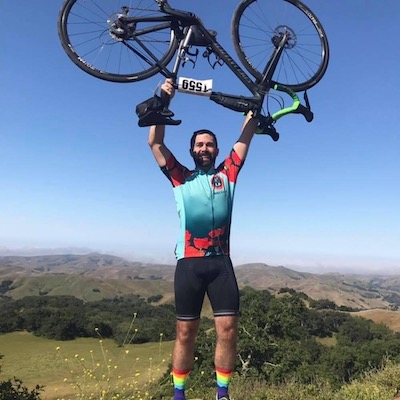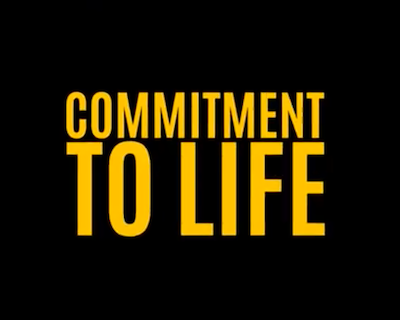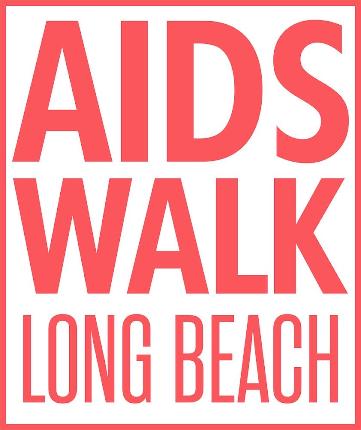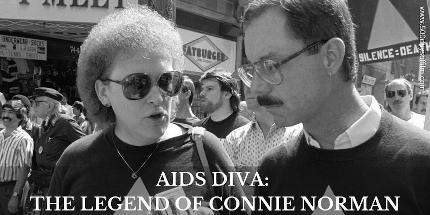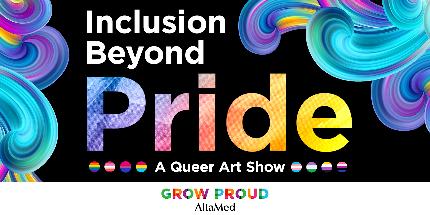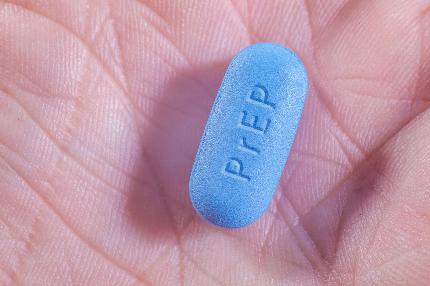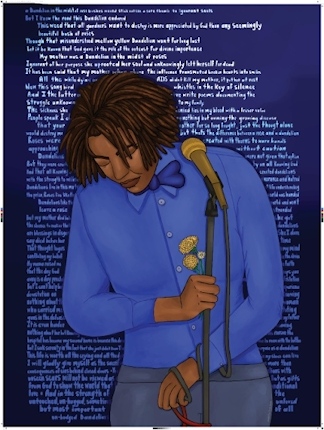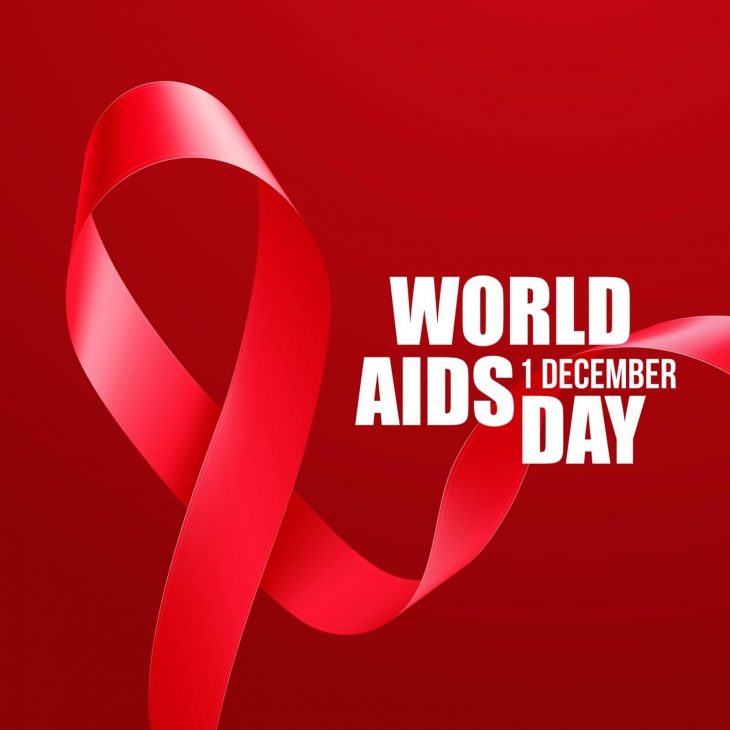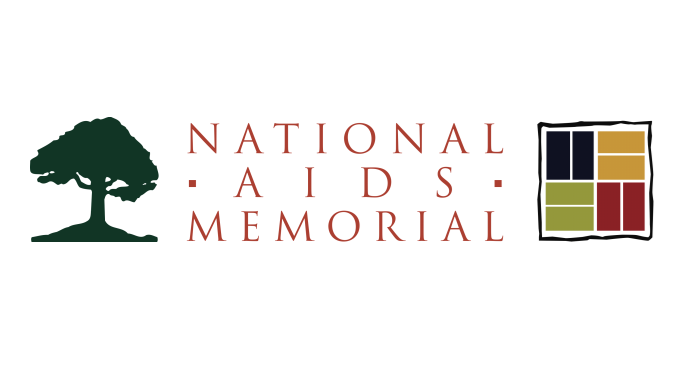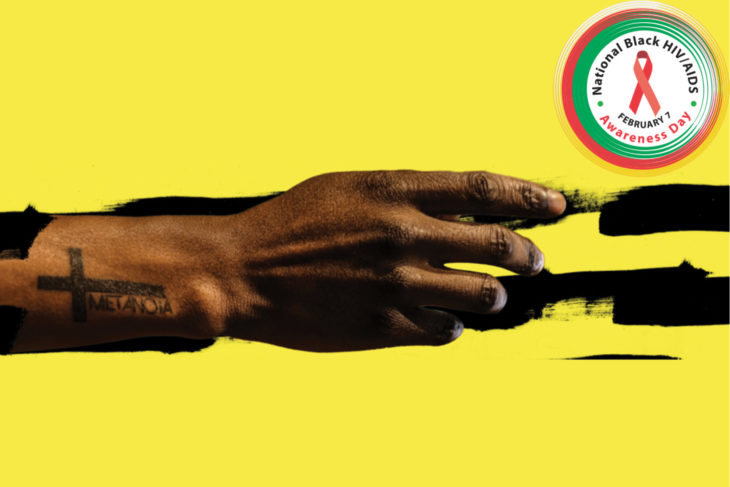When the first World AIDS Day took place on December 1, 1988, the virus had already started to strip America of some of its most vital gay artists, leading urban capitals like Los Angeles to lose many of their most active citizens, activists, bars, bathhouses, and vibrant subcultures in a matter of years. Today, the virus is still a threat to be reckoned with. In L.A., however, with the introduction of preventative treatments like PrEP, the possibility of an HIV-Zero future doesn’t seem so far away.
No matter how far we’ve come, we can’t forget the sweeping changes enacted by gay culture’s first, chaotic reckoning with the disease in the 1980s. By the time of the inaugural celebration, AIDS panic was in full swing, having taken the lives of cultural icons like Rock Hudson, Michel Foucault, and Liberace. In the years to come, it would end the lives of artists and activists like Keith Haring, Alvin Ailey, Howard Ashman, and Lou Sullivan, men whose work re-shaped the notion of gay identity and culture for decades after their deaths. In 1985, after her close friend Rock Hudson was diagnosed as HIV positive, Elizabeth Taylor got involved with AIDS Project Los Angeles to raise awareness and funds to fight the disease. By 1988, it had become clear that the disease wasn’t just wiping out friends, community leaders, and lovers. It was wiping out an entire urban culture that wasn’t soon to return, leading Fran Lebowitz to write in a 1987 piece for the New York Times entitled “The Impact of AIDS on the Artistic Community:”
“The Impact of AIDS on the Artistic Community is that when a 36-year-old writer is asked on a network news show about the Impact of AIDS on the Artistic Community particularly in regard to the Well-Known Preponderance of Homosexuals in the Arts she replies that if you removed all of the homosexuals and homosexual influence from what is generally regarded as American culture you would be pretty much left with “Let’s Make a Deal.”

She wasn’t far off. Today, it’s clear how much those early victims of the AIDS virus contributed to American culture, from art to film to academia, medicine, and the social sciences. That’s why, each year since 1988, the L.A. community, along with the rest of the world, observes December 1 as a day to remember and honor the many lives lost since the start of the crisis, as well as to double down on efforts to end the disease entirely. When it comes to AIDS awareness and activism, perhaps no group of activists has been as dedicated to stopping the virus in its tracks as L.A.’s West Hollywood community, where, along with the queer community of San Francisco in the 1970s and ‘80s, the seeds of the gay movement were first sown. While AIDS activist group ACT UP was getting off its feet in New York City, the citizens of West Hollywood were taking to the streets with APLA to raise awareness. A young medical researcher at the UCLA Medical Center named Michael Gottlieb, along with his out gay colleague Joel Weisman, founded APLA in 1982. By 1985, L.A. citizens held a march in West Hollywood under the banner of APLA, the same year that Elizabeth Taylor’s AIDS foundation was getting started. West Hollywood and the broader Hollywood community continued to spread the message with growing passion each year. On December 4, 1987, ACT-UP L.A. was born. A year later, the first official World AIDS Day celebrations were held in the newly-official City of West Hollywood. In 1989, ACT-UP L.A. protesters had stopped traffic on Santa Monica Boulevard in response to the passing of the homophobic “Communicable Diseases Act,” or Prop 96, which forced individuals to be tested for HIV without their consent. That same year, according to writer David Lacaillade:
“In early 1989, ACT UP/LA conducted a week-long vigil, complete with tents and a soup kitchen, outside the Los Angeles County Hospital. This action launched a sustained campaign lasting all spring and included a disruption of a Los Angeles County Board of Supervisors meeting that resulted in fifteen arrests. Soon after, Los Angeles County acceded to the central demand for the creation of a dedicated AIDS unit at the hospital, and in September 1989 a 20-bed unit was opened.”
Needless to say, L.A.’s queer community is no stranger to a good fight, especially in the face of crisis.

This year’s celebration, the first to be held in Trump’s America, will be no less radical or crucial to L.A. queer history. West Hollywood is putting out all the stops for the 2017 World AIDS day celebrations, starting with a march and candlelight vigil in the center of town. Afterwards, the Paul Starke Warrior Awards program honoring individuals who provide services to people living with HIV/AIDS will be held, featuring guest speaker and LGBTQ+ advocate Laurie McBride, who formerly held the role of California Assistant Secretary of State. On WeHoTV, starting at 12:01 a.m., an art piece called AIDSWatch will be televised across local T.V. screens. Legendary gay activist Cleve Jones’ the NAMES Project AIDS Memorial Quilt will also be on display at City Hall. According to a press release, since its first National Mall display in October of 1987, “the quilt has since grown from 1,920 panels to more than 48,000, and has not been displayed in its entirety since October 1996.”
The official theme of the day is “Increasing Impact through Transparency, Accountability, and Partnerships,” and the celebrations will bring together activists, artists, and WeHo citizens who are dedicated to making sure this remarkable part of history is never forgotten.



